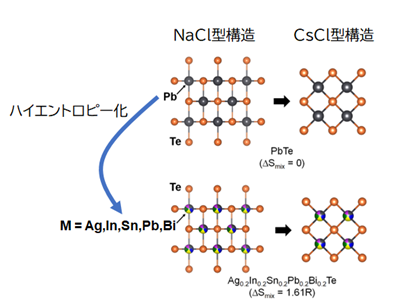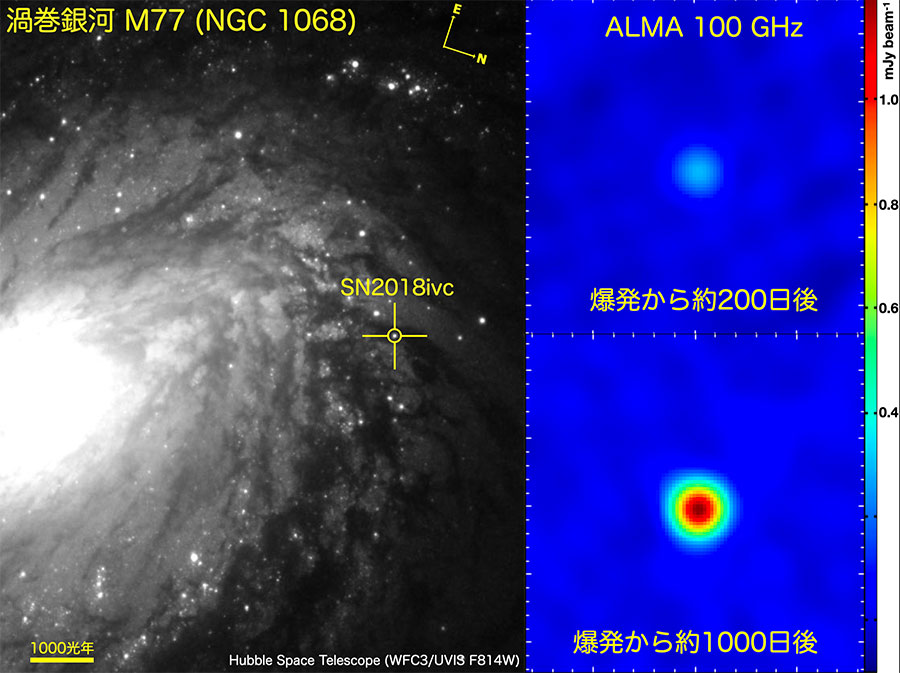2023-03-01 ローレンスリバモア国立研究所(LLNL)
彼らは、監視、画像技術、および多物理シミュレーションの組み合わせを用いて、3D印刷中にストラット欠陥を検出・予測する手法を開発した。
この方法により、製造後の検査よりもリアルタイムでの欠陥検出が可能となり、金属格子構造物の品質が向上すると期待されている。また、研究には、LBPF溶融プールの高速撮影やALE3D多物理コードを用いたシミュレーションなどが行われた。
<関連情報>
- https://www.llnl.gov/news/llnl-researchers-develop-method-real-time-defect-detection-metal-3d-printed-parts
- https://www.sciencedirect.com/science/article/pii/S2772369022000792
高速メルトプールサーマルモニタリングを用いた金属マイクロラティスにおけるストラット欠損の検出 Detecting missing struts in metallic micro-lattices using high speed melt pool thermal monitoring
Jean-Baptiste Forien, Gabe M. Guss, Saad A. Khairallah, William L. Smith, Philip J. DePond, Manyalibo J. Matthews, Nicholas P. Calta
Additive Manufacturing Letters Available online: 5 December 2022
DOI:https://doi.org/10.1016/j.addlet.2022.100112

Highlights
- •Deep powder has lower thermal emissions than metallic struts.
- •Photodiode signal is more sensitive to higher temperatures than pyrometer.
- •Developed a methodology to identify struts with missing bottom half part.
Abstract
Metal lattices are an important class of cellular materials that offer great advantages by providing high-strength and lightweight structures as compared to bulk materials. Progress in additive manufacturing techniques has led to increased complexity in design and shape of produced objects and is greatly beneficial for the development of metallic lattice structures. However additive manufacturing of lattices suffers from unpredictable defect creation that can compromise its mechanical integrity. Although post-build inspection techniques can provide quality assurance of the process, accurate assessment can be technically challenging, time consuming and costly. In this work, we investigate the use of high-speed measurements of thermal emission from the melt pool to identify defective individual struts formed with a missing bottom half in an otherwise fully built lattice structure produced with laser powder bed fusion. Surprisingly, results indicate lower photodiode signal, suggesting colder melt pool surface temperature, when printing struts with missing bottom half as compared to nominal struts. Additional thermographic imaging and multi-physics simulations reveal that the low photodiode signal is accompanied by presence of hot spatters carrying heat away from detection and continuous avalanche of powder on the melt pool. Based on these observations, a method was developed to identify defective individual struts with missing bottom half in full built lattices. This prediction approach provides valuable insights about part quality which are important for process qualification and illustrates the utility of melt pool thermal emission monitoring for identifying specific defects introduced by laser powder bed fusion.



